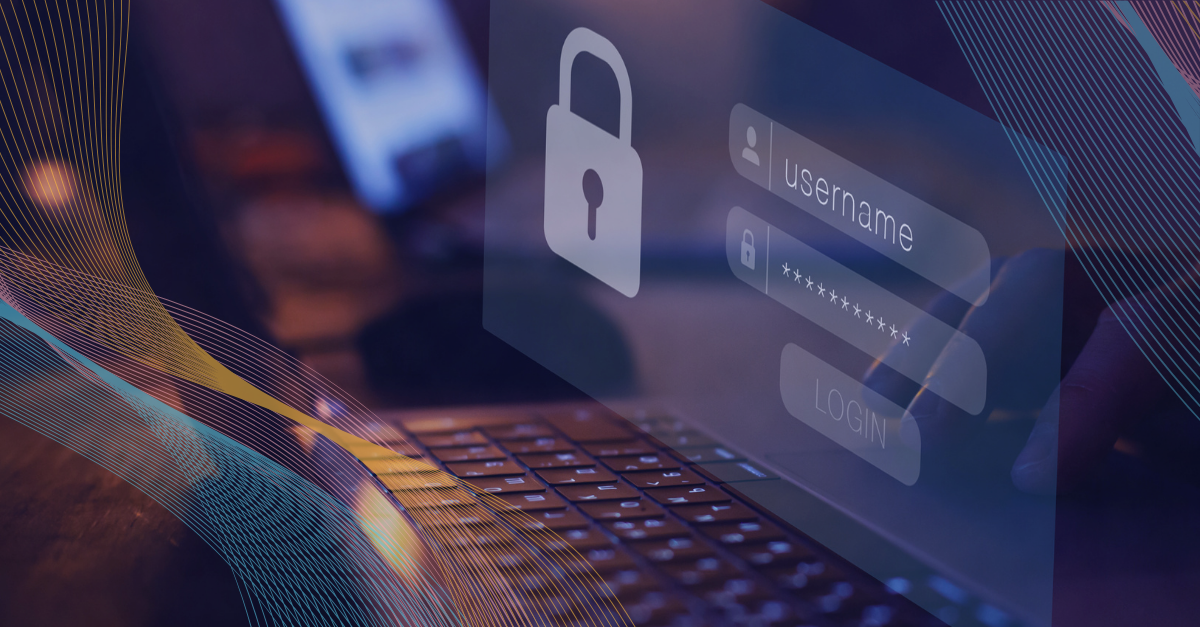The High-Stakes Battle for Control in Hybrid Environments
In a world where 42% of organizations report breaches originating from over-permissioned accounts (IBM Cost of a Data Breach 2023), enterprises in regulated industries face a daunting reality: hybrid IT infrastructures—spanning Microsoft, AWS, legacy systems, and SaaS—are a compliance and security minefield.
For financial institutions, healthcare providers, and energy companies, the stakes are existential. A single misconfigured AWS S3 bucket, an overprivileged Azure service principal, or a shared Linux root account can trigger regulatory penalties, operational shutdowns, and 4.45 million dollars in damages, on average.
This blog explores how modern identity governance platforms like Clarity Security enable enterprises to enforce the Principle of Least Privilege (PoLP) across hybrid environments.
The Hidden Risks of Hybrid IT in Regulated Industries
Risk 1) Fragmented Visibility
- Multiple IDPs and Identity directories create a confusing mish-mash of permissions, where no single system knows about all access in the environment. Clarity has seen an average of 30% of access is hidden by nested or federated permissioning.
- Clarity Security Solution: Unified identity graph mapping permissions across cloud, on-prem, and legacy systems.
Risk 2 ) Tool Sprawl
- Example: A healthcare provider uses Azure PIM for Office 365 but lacks equivalent controls for AWS root accounts and Epic EHR service accounts.
- Clarity Security Solution: Cross-platform privilege management with conditional approval workflows.
Risk 3) Compliance Fatigue
- NIST, SOX, HIPAA, and PCI DSS require PoLP—but auditors reject "checkbox" approaches lacking granular proof.
Understanding the Principle of Least Privilege (PoLP)
The Principle of Least Privilege (PoLP) forms the foundation of effective access management, ensuring users only have the permissions they need to fulfill their responsibilities. This minimizes the potential for unauthorized access and security breaches.
Key benefits of PoLP include reducing the attack surface, lowering the risk of insider threats, and aligning with regulatory compliance. However, challenges like managing diverse infrastructures and balancing usability with security complicate implementation.
Extending the Enterprise Access Model to Non-Microsoft Resources with Clarity Security
The enterprise access model structures access through a tiered approach, prioritizing security for privileged roles, standard users, and hybrid accounts. While robust for Microsoft-centric environments, it often falls short for non-Microsoft systems like Linux servers, IoT devices, and third-party SaaS platforms. These gaps include fragmented governance, complex integrations, and limited visibility across hybrid infrastructures.
Clarity Security bridges these gaps with a platform designed to integrate with diverse environments. Unified identity governance ensures consistent policies across systems, automation streamlines enforcement, and real-time analytics enhance visibility. Features like automated access reviews, role-based access control (RBAC), and dynamic risk scoring ensure that PoLP principles extend to all assets.
Defining PoLP Across Tiers Using Clarity Security
Tier 0: Privileged Access Management (PAM)
For domain admins, root accounts, and cloud administrators, Clarity maintains a real time list of everyone who *could* access your tier 0 resources through any method (local server account, federated access, or native user account).
Tier 1: High-Sensitivity Workloads
For system and database administrators, Clarity implements RBAC aligned with job functions, periodic recertification workflows, and toxic combination isolation to restrict lateral movement.
Tier 2: General Users and Operational Roles
For HR systems and productivity tools, policy-based restrictions, self-service access requests, and delegated admin capabilities ensure least privilege without hindering usability.
How Clarity Can Help Implement PoLP
Clarity Security empowers enterprises to implement PoLP seamlessly across complex infrastructures by combining automation, machine learning, and governance tools.
Automating Compliance and Risk Management
Automated policy enforcement and robust audit trails for all systems, both Microsoft and non-Microsoft takes least privilege from a “nice best practice - for other people" to “actual project I should prioritize”.
Clarity simplifies PoLP adoption with comprehensive tools to identify over-provisioned accounts.
- Clearly identify access as “exceptions” when not covered by RBAC
- Automate access reviews and approval workflows
- Leverage real-time analytics to detect and mitigate access anomalies instantly.
Dynamic risk scoring identifies high-risk users or systems, while role based access controls automatically detect exceptions to least privileged access within each role. With Clarity Security, you can:
- Maintain continuous compliance with regulations like SOX, GDPR, and HIPAA.
- Proactively identify and address high-risk users or over-provisioned accounts.
- Centralize visibility across on-premise, cloud, and hybrid environments.
Conclusion
PoLP is essential for reducing enterprise risk but requires a comprehensive, adaptable approach for hybrid infrastructures.
Schedule a demo with Clarity Security to see how their identity governance platform empowers organizations to implement PoLP effectively.
